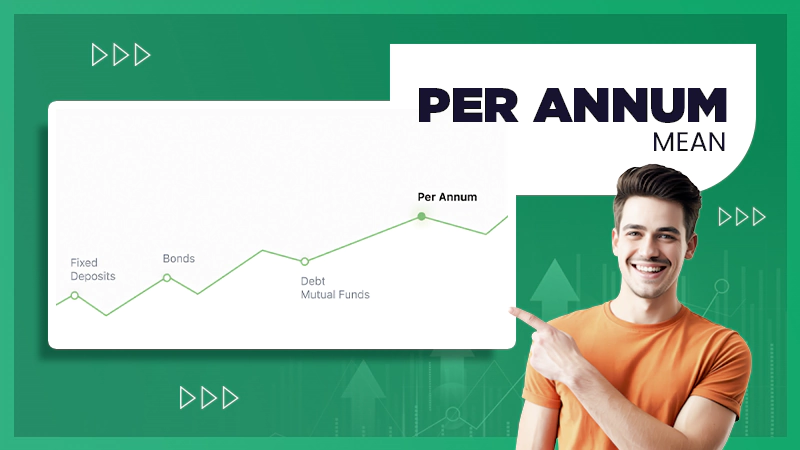HM Revenue and Customs (HMRC) uses a collection of letters and numbers called a tax code to determine your individual income tax liability.
Getting acquainted with the United Kingdom’s tax codes might be challenging for everyone. Each number and letter signifies a different status for the taxpayer. In addition to this confusion, tax code 1263L is another puzzling tax bracket that has perplexed people thinking about the basic personal allowance in the United Kingdom.
Therefore, in this article, we will learn what tax code 1263L means, how to check and change your tax code, and a few tax-paying tips.
What is Tax Code 1263L?
The tax code 1263L indicates the tax-free personal allowance provided to a taxpayer by HMRC. The elements of this tax code indicate the following:
- 1263: This part of the tax code represents the tax-free personal allowance HMRC gives. The number states the income you can earn each year without paying taxes.
- L: The letters that are added to the code represent several elements that define a person’s tax situation. Here, the letter “L” denotes that there are no specific adjustments made beyond the standard personal allowance.
Generally, you have to multiply the tax code number by ten to determine your tax-free personal allowance.
If you have a tax code of 1263L, your tax-free personal allowance for that tax year is £12630. This implies that you can earn a little bit more tax-free allowance than an individual with tax code 1257L. For the tax year 2023–24, the standard personal allowance is £12,570, and you need self-assessment tax return services.
Remember that the income tax is marginally charged, which means the amount exceeding £12630 will be charged as per the tax rates, and if the computation of tax liability is complex for you, opt for an accounting service.
Why is My Tax Code 1263L?
Generally, the common personal tax allowance in the United Kingdom is £12,570, but sometimes you pay less income tax when HMRC gives you a flat rate. If you are assigned the tax code 1263L, it means you are eligible for the washing of your uniform allowance. Taxpayers don’t get this extra £60 allowance until they apply to HMRC via a P87 form.
Did you know? If your employment requires you to wear a uniform, and you are responsible for cleaning, replacing, or repairing it on your own, you are eligible for a tax refund on your uniform purchase. This is called the washing of the uniform allowance.
Until you or HMRC have a justification to remove the uniform allowance from your code, it will stay in your tax code for all upcoming tax years.
Remember that HMRC does not consider every piece of clothing worn for work to qualify for uniform tax relief.
How to Check Your Tax Code?
If you are unclear about your tax code, it is better to check it. Using the incorrect tax code will lead to paying the wrong amount of income tax and will result in future tax obligations.
- Payslip: The payslip you receive includes your tax code on it. It usually shows up next to your billing information or personal details.
- Pension Statement: If you receive a pension, your tax code will be shown on your pension statement.
- Online HMRC Account: By accessing your personal tax account on the HMRC website, you can verify your tax code.
- HMRC Application: Users can download the HMRC mobile app on tablets and smartphones. After logging in with your credentials, you can use the app to check your tax code.
- Employer: If you are employed, you can directly speak with your employer to get information from them about your current tax code.
- HMRC Contact Centre: If none of the aforementioned sources help you get your tax code, you can reach out to HMRC directly or get assistance with tax outsourcing. For that, you just have to provide your national insurance number and other personal information to complete the verification.
Change of Tax Code
If you have reviewed your tax code status and want to remove the washing of the uniform allowance or make some other modification in your tax code, you should notify HMRC via their website or by phone.
HMRC will instantly notify your employer or pension provider of your updated tax code.
Tips for Taxpayers
People need to follow the below-mentioned tips to become rational taxpayers of a country.
- Regularly Review: It’s critical to keep an eye on your tax code, particularly if any of your circumstances change. For example, starting a new job, changing employment status, or receiving additional income or benefits.
- Update HMRC: Immediately notify HMRC of any changes to your situation that can have an impact on your tax code. This guarantees that your tax matters are precise and current.
Conclusion
Tax codes are indicators of tax-paying categories that determine how much tax an individual is required to pay on their income. Tax code 1263L is one of the tax codes assigned to people who wash, repair, and replace their work uniforms on their own. Taxpayers should always check if they get any such allowances by referring to the tax codes on their payslips, from the employer, or through HMRC assistance.
Furthermore, remember to always review your tax codes and inform HMRC about the changes in your income sources.







